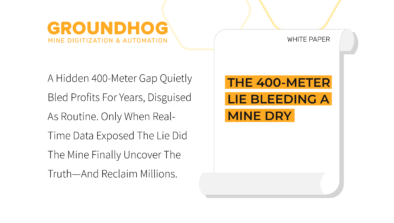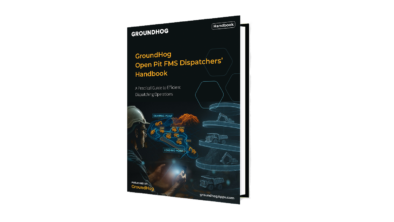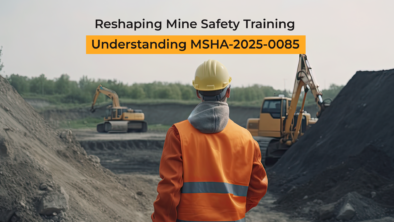This technical guide lays out the Underground Operational KPIs that truly shape performance in hard-rock mining. Plenty of sites track tonnes and meters, but the real story sits inside the KPIs that reveal how smoothly the underground cycle is actually
Masonry Blog

Operational KPI Library For Mining Performance (UnderGround KPIs)

Operational KPI Library For Mining Performance (Open Pit KPIs)
This technical guide breaks down how mining teams can drive consistent performance by using the right Operational KPIs at the right moments in the shift. Most operations track tonnes and hours, but the real opportunities sit inside the metrics that

Driving Mining Efficiency Through Operational KPI Excellence
Efficient haulage sits at the center of mining efficiency. In this handbook, we show how dispatch operators can use modern Fleet Management Systems to improve truck shovel productivity, cut idle time, and manage the biggest cost driver in open pit

Improvement in Excavator Productivity
This technical brief explains how a mining operation improved excavator productivity by identifying hidden inefficiencies across the pit. Although utilization rates appeared strong, idle time, poor face conditions, and mismatched truck and excavator pairings were cutting into daily output. With

Open Pit Mine Dispatch Operators’ Handbook
Efficient haulage is the backbone of open pit mining. In this handbook we explain how dispatch operators can use modern Fleet Management Systems to improve truck shovel productivity, cut idle time, and control one of the biggest cost drivers in

Uncovering the Hidden Cost of Haulage Inefficiency
This white paper explores how a major West African gold mine uncovered the hidden costs of haulage inefficiency. Despite strict cost controls, the site was losing millions each year to fuel overconsumption. GroundHog’s Fleet Management System, powered by real-time GPS

GroundHog Open Pit FMS Dispatchers’ Handbook
Efficient haulage is critical to meeting production targets and controlling costs in open-pit mining. In this handbook, we outline how the GroundHog Open Pit Fleet Management System (FMS) equips dispatchers to optimize truck-shovel operations, reduce delays, and improve overall productivity.

Reshaping Mine Safety Training: Understanding MSHA-2025-0085
In the first half of 2025, MSHA issued over 43,000 citations — and nearly 20% were classified as “Significant & Substantial.” But here’s the kicker: the most common MSHA violations weren’t obscure or technical. They were for basic safety failures like poor housekeeping, missing machine guards, and unsafe access. This blog breaks down the top MSHA violations in metal/nonmetal mines and explains how getting the fundamentals right can drastically reduce citations and keep your team safe. … Read More

Improving Operational Efficiency at Mines French.
Dans cet eBook, nous explorons comment l’industrie minière a évolué avec l’essor de la numérisation et de l’automatisation, transformant les enjeux liés à l’efficacité des équipements. Pour relever ces défis et réduire les coûts de production, les responsables de mines

Improving Operational Efficiency at Mines – Turkish.
Bu eKitapta, madencilik sektörünün dijitalleşme ve otomasyonun yükselişiyle nasıl dönüştüğünü, ekipman verimliliğine dair endişelerin nasıl şekil değiştirdiğini ele alıyoruz. Bu zorluklarla başa çıkmak ve üretim maliyetlerini düşürmek isteyen maden yöneticileri, ekipman performansını artıracak yenilikçi çözümler arıyor. Bu hedefte kilit bir